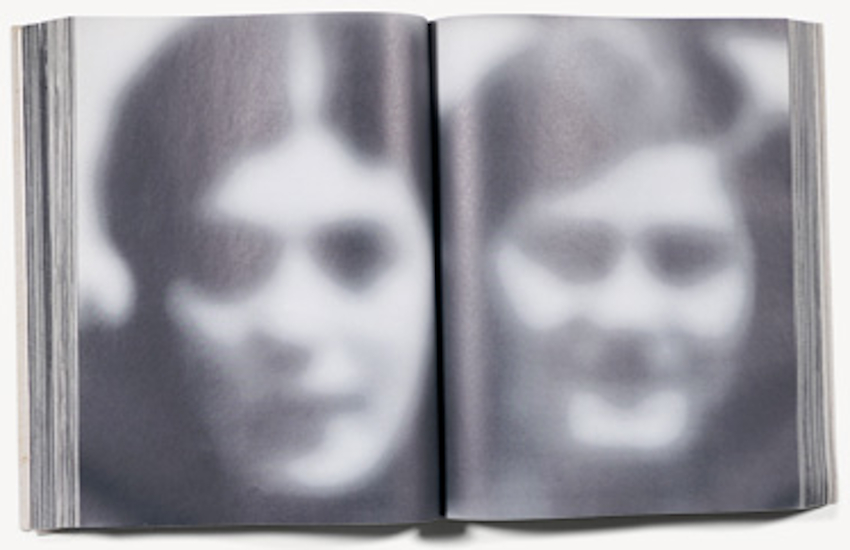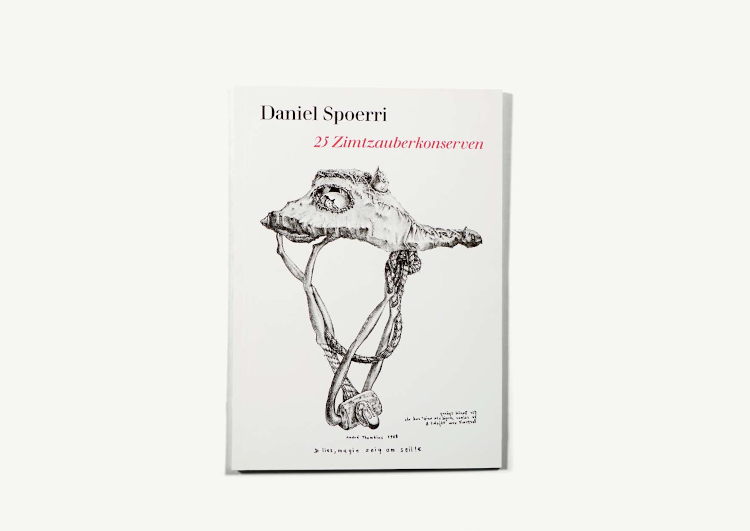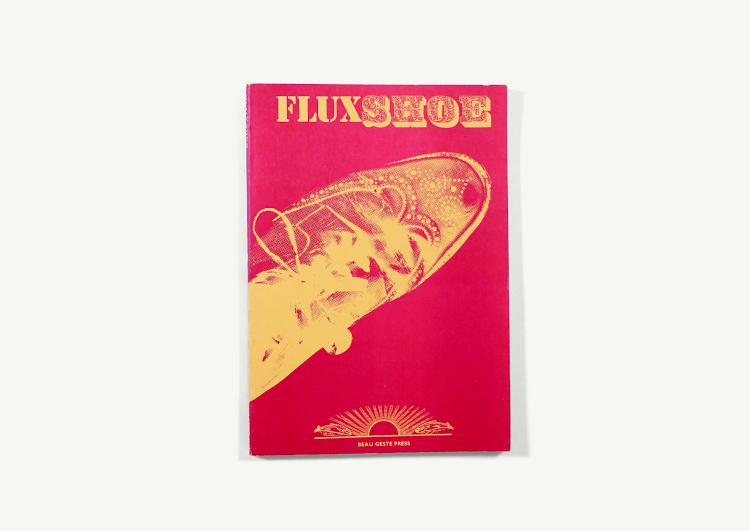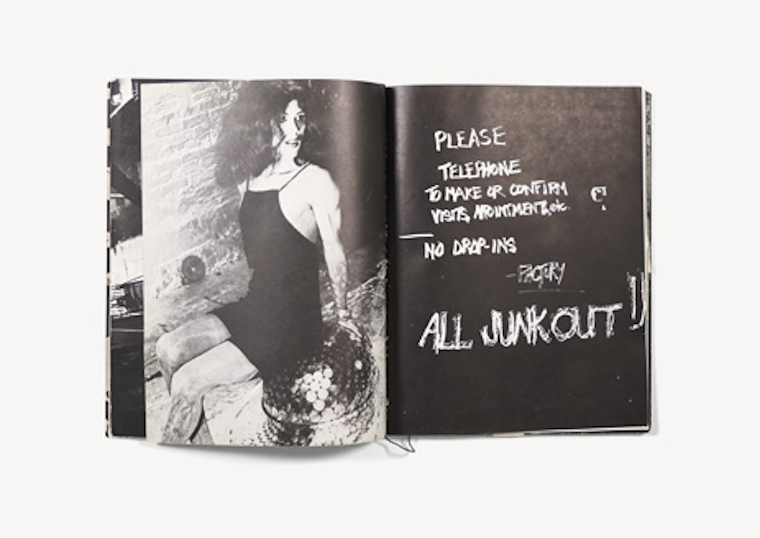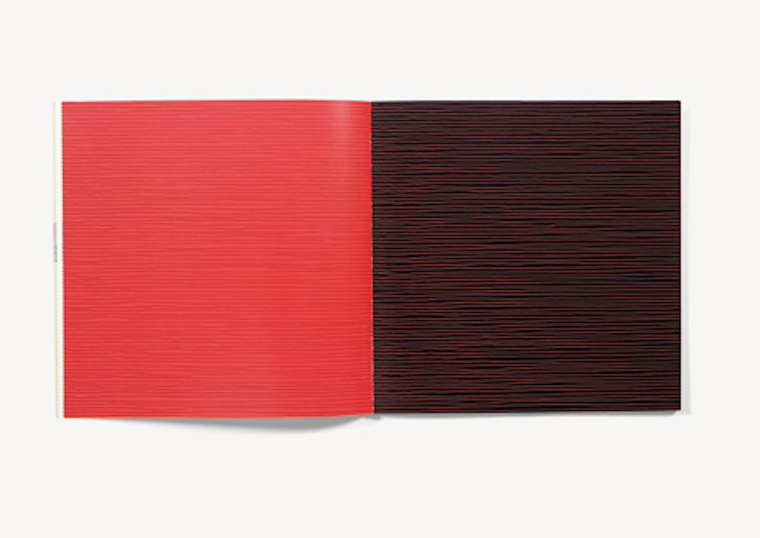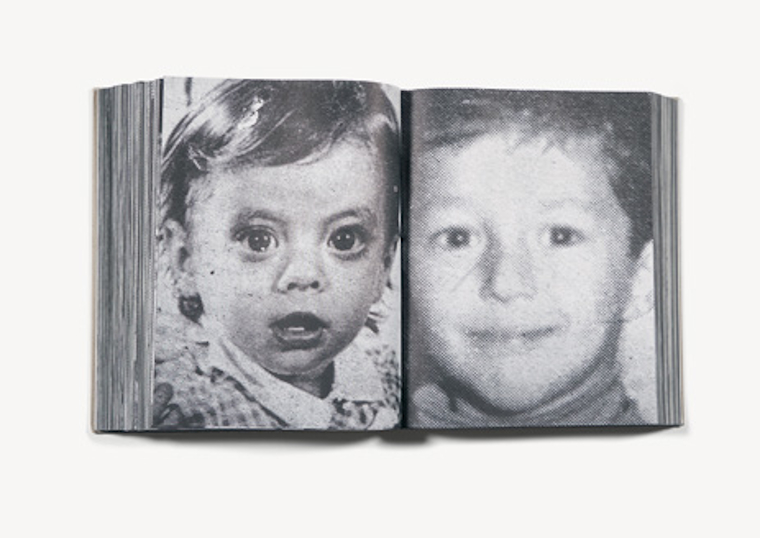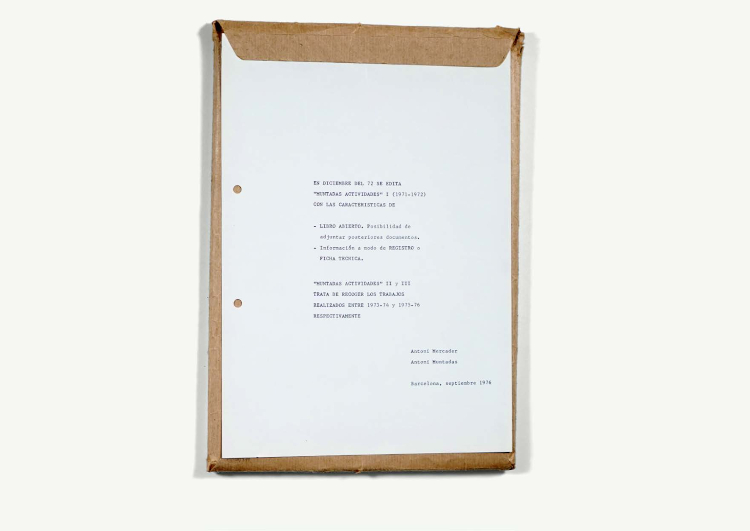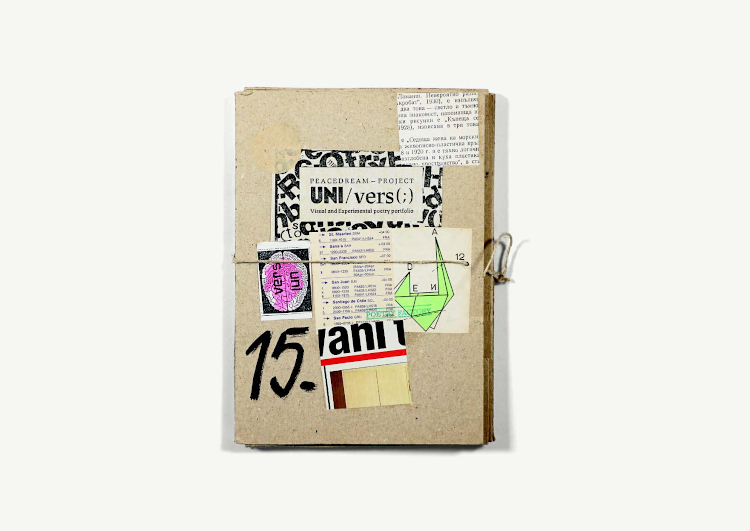It was at the beginning of the 1960s, the same decade that conceptual art was formulated, when a really different approach emerged both in the conception of artist's books and in their realization and in the form of distribution. In that period, the book occupied a central place in the production of relevant contemporary artists, being in turn the subject of critical theories about authorship (or better lack of authorship), the elimination in the book of text or image and, not least, on the impact of new technologies on the mass production of the work of art.
The artists, who decided to work with the book as a plastic support, assumed that their publications, in addition to as an artistic product, would function as purely communicative instruments that were produced by the most economical systems and would be easy to obtain. They started working with the most advanced printing techniques and processes, the reproduction of black and white photography through offset or Xerox, which allowed them to make numerous editions quickly and at a low cost. And, according to these criteria, they radically moved away from previous productions, the so-called livres d'artiste or illustrated books, as well as any of the other commitments of artists who used the book in the first half of the twentieth century.
In the first decades of the twentieth century, which correspond to the period of the so-called historical Vanguards, artistic movements worked with the intention of distancing themselves from nineteenth-century academicism and sought new means of expression, discovering in the book an ideal vehicle to develop their objectives. The book was transforming the function that exerted like a container of words, of ideas, of communication and the artists slowly were introducing other languages linked to the plastic arts. The innovation in the architecture of the book and the use of materials so far unrelated to the edition cause in the viewer a new experience that, sometimes, can leave in the background or even dispense with the content of the text. In that period, in addition to the book, posters and other advertising material played a fundamental role.
The book and artist publications in the sixties and seventies of the twentieth century, contemplated in the whole production of artists such as Ed Ruscha, Dieter Roth, John Baldessari, Sol LeWitt, Bruno Munari, Christian Boltanski, Bernd & Hilla Becher, Hans-Peter Feldmann, or Lawrence Weiner, to cite some of the most relevant, not only established book support as a perfectly comparable medium in contemporary art, but also - honoring its nature - offered a fundamental reading of the own profile of Fluxus, Minimalism or Conceptual Art.
The main museums and centers of contemporary art have completed their art collections with documentation and artist publications, due to the relevance of this material when offering a complete vision of the artistic production of many of the authors cited.
The Collection of Book and Artist Publications of the Universitat Politècnica de València has more than 1,400 cataloged copies and is located in the Library of the Faculty of Fine Arts. It begins with works made since the 1960s and serves both the artist's book, as well as special publications, experimental magazines, illustrated books, visual poetry or any work done by artists in book format.
For the Text [no text] exhibition at the La Nau Cultural Center of the Universitat de València, books have been selected by authors of recognized international prestige, which show both the most historical part of the collection and the origins of the artist's book contemporary.
